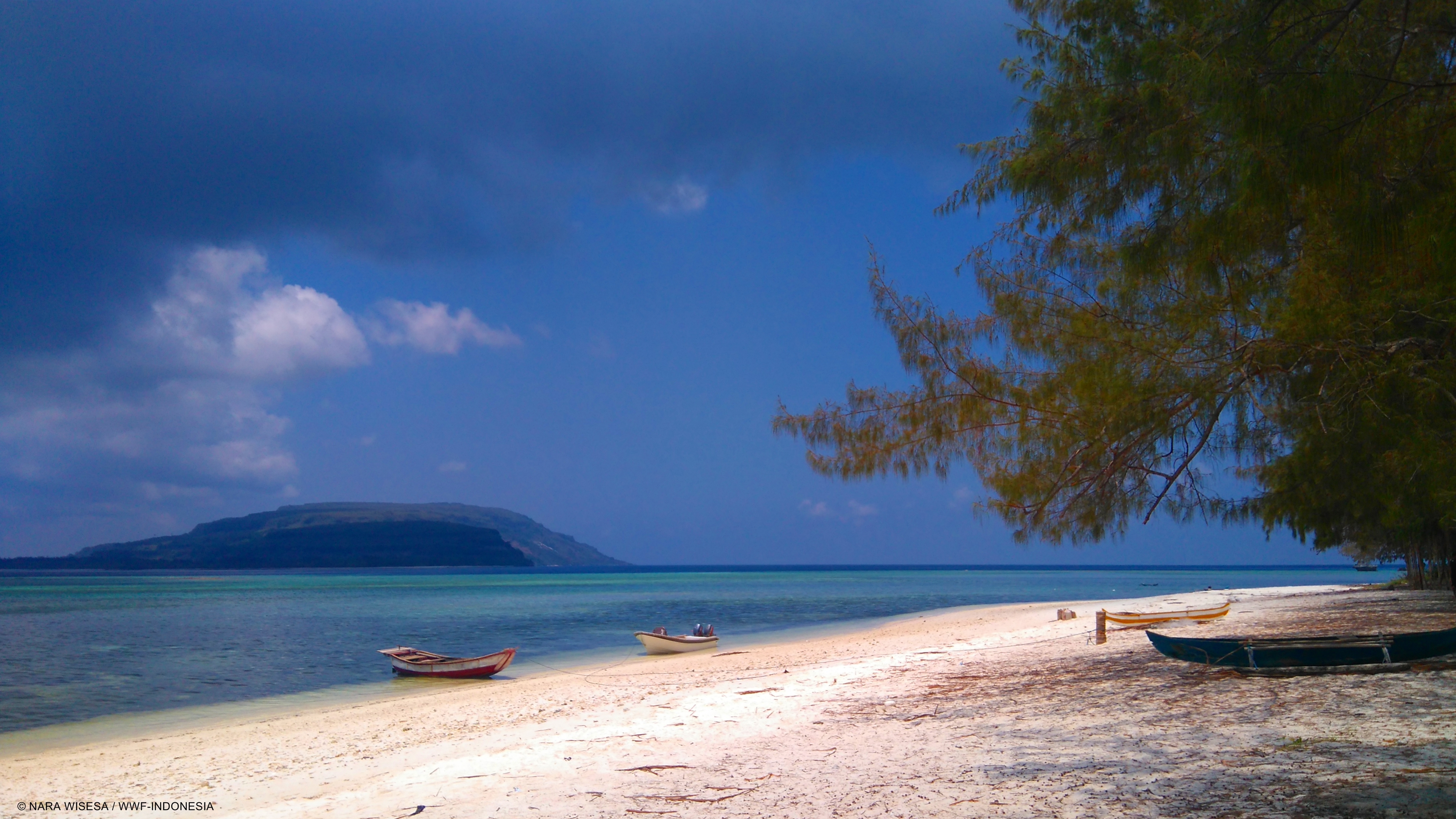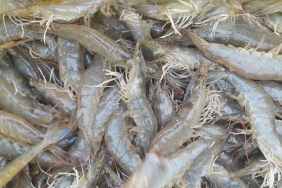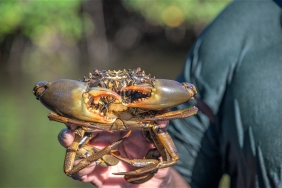#XPDCMBD: SOCIAL FLASHBACK
Author: Nara Wisesa (Program Monitoring and Evaluation Officer, WWF-Indonesia)
Southwest Maluku (MBD) is an interesting region, and on this expedition, the Land Team (Social) had the honor to see and get first-hand information about this region. Socially and culturally, the people who live on each island are unique. Some people, especially on the western islands, seem to be more closely related to the people of the Nusa Tenggara islands than to the Moluccan people in general. Some of them are descendants of Nusa Tenggara tribes who lost the war and were forced to go to sea before settling on the MBD islands. While on the islands further east, their kinship seems to be closer to the people of the Tanimbar Islands. The majority of MBD people are Protestant Christians. Traditions and customs are still quite strong, especially regarding marriage and village government. In some villages, the functions of the village head also include those of a king, and only people from the king's clan can run for village head.
Although MBD has an island topography, this does not dampen the enthusiasm of its people to get access to education. Although educational facilities and infrastructure are still minimal, most of the population are high school graduates, and not a few have even gone to college.
MBD communities have high social capital related to social order. This is shown by various village regulations that regulate community relations, where activities that disrupt community order are sanctioned with quite severe penalties. Social conflicts that occur are only casuistic and are usually related to land use issues. Social conflicts that occur can usually be resolved in a family manner with the mediation of traditional leaders. The land ownership rights system in most areas in MBD is still not certified as property rights or is customary land. However, in some areas certification has begun so that in the future the community has definite legal protection in land ownership rights.
The sasi system is still found in almost all the villages visited, although most are now church-based and the process of opening sasi has followed market demand. The average sasi opening in these villages is once every 1-3 years. Commodities that are subject to sasi include lola (Trochus niloticus), sea cucumber (Holothuridae), and batulaga (Turbo marmoratus). There are also some villages that enforce sasi on mata tujuh/abalone, biya garu/kima (Tridacna spp.) and lobster. It appears that all of these commodities have high economic value when sold shelled or dried (except lobster which is purchased live).
Most of the people in the villages visited have their main source of livelihood from gardening. They utilize marine products more only to fulfill their daily protein needs. In fact, on some islands where the land is barren and it is not possible to grow crops, people still prioritize cultivating seaweed or making palm wine for sale. Despite the abundance of pelagic and demersal fish resources in MBD, the community still has difficulty storing fresh fish due to the lack of cold storage infrastructure, which also limits their ability to sell fresh fish. Fish catches sold between islands are still limited to marinated fish. Nonetheless, fisheries remain a major source of protein for the people of MBD and an important part of their daily lives and culture.
The large potential of marine resources has not been optimally utilized by the community. The management and utilization of marine resources tend to be only to meet daily food needs. Organizational groups managing and utilizing marine resources are also not well developed, so they have not been able to become a driving force in optimizing the management and utilization of marine resources owned. The existing groups are still limited to joint business groups that appear when there are various types of assistance.
The main challenges faced by the MBD community to date are related to the storage of caught fish; limited fishing gear technology; limited access to fuel; and limited marketing of fishery, aquaculture and plantation commodities. In addition, access to electricity, communication and clean water is still very limited in some villages.





